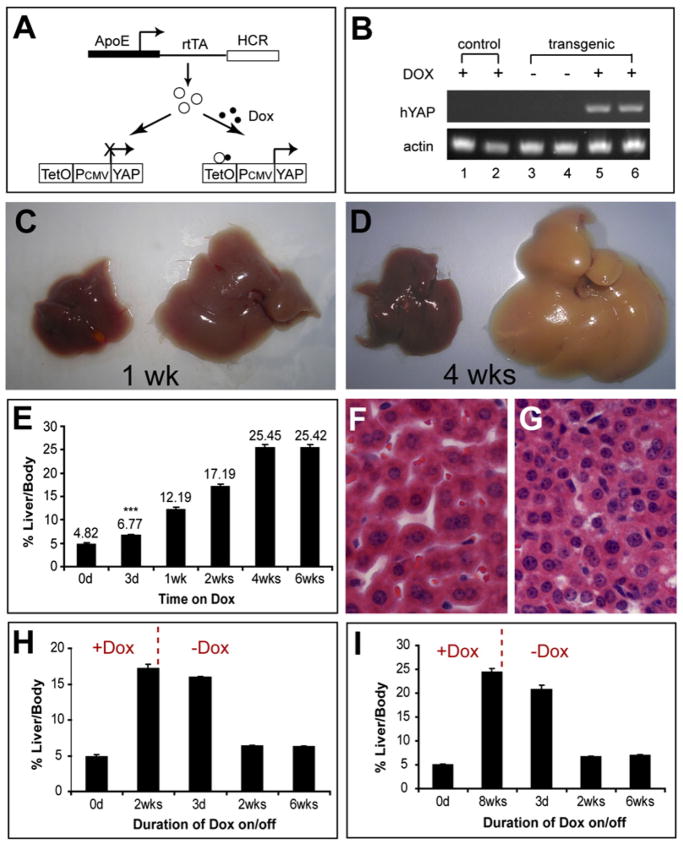Figure 5. Reversible Control of Mammalian Organ Size by Conditional Activation/Inactivation of YAP.
(A) Schematic of the ApoE/rtTA-YAP mice.
(B) RT-PCR analysis of hYAP transgene expression in control and transgenic livers in the absence or presence of Dox for 1 week. Two mice were used for each genotype/condition.
(C and D) Livers from control (left) and ApoE/rtTA-YAP (right) mice kept on Dox for 1 (C) or 4 (D) weeks, starting at 3 weeks of age.
(E) The temporal course of YAP-induced hepatomegaly. YAP was induced as in (C) and (D), and the liver and body weight was measured at the indicated time. Values represent mean ± SD (n = 4; ***p < 0.001, t test).
(F and G) Hematoxylin and eosin (H&E) staining of control (F) and transgenic (G) livers after 4 weeks of Dox exposure. Both images were taken under the same magnification. Note the higher cell density in the transgenic liver.
(H and I) Reversal of liver overgrowth by Dox withdrawal. Three-week-old ApoE/rtTA-YAP mice were first kept on Dox for 2 (H) or 8 (I) weeks, followed by withdrawal of Dox from the drinking water. Values represent mean ± SD (n = 4).

